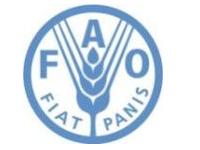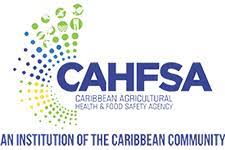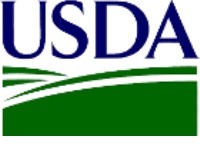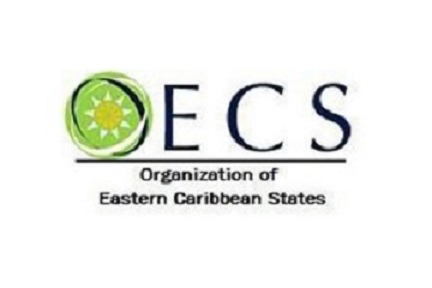Antimicrobial resistance (AMR) is the ability of microorganisms to grow or persist in the presence of drugs (antibiotics) that are designed to inhibit or kill them. In agriculture, this can enable microorganisms to damage livelihoods by diminishing crops yields, at a high cost, causing production loss and jeopardizing food security. It is important to note that with globalization and climate change, other factors may create susceptible environments for microorganisms to gain antimicrobial resistance.
Antimicrobial resistance is a major global threat to human and animal health as it can increase illness in humans, animals, and plants. As a result, the agriculture sector can suffer a reduction in food production, food safety concerns, reduced food security, contamination of the environment combined with a higher economic loss to households. AMR has far-reaching consequences for other sectors like trade, tourism, and national security. If there is a lack of regulation and oversight for the use of antimicrobial antibiotics, the cost would be critical to food security, human and animal health, and animal welfare.
There is an incomplete understanding of the factors that contribute to antimicrobial resistance in various settings and agriculture may be part of the spread of AMR. Currently, there are ongoing studies for the development and understanding of antimicrobial resistance, and the risks it poses to agriculture. While antimicrobial resistance can be found in everything, scientists are looking to solve the risks of antimicrobial resistance in agriculture.
Please check out the links below for further reading!
Source:
FAO – Antimicrobial Resistance
OECD – Anti-microbial resistance is a global challenge for food systems and public health
USDA – Antimicrobial Resistance Overview (AMR)













